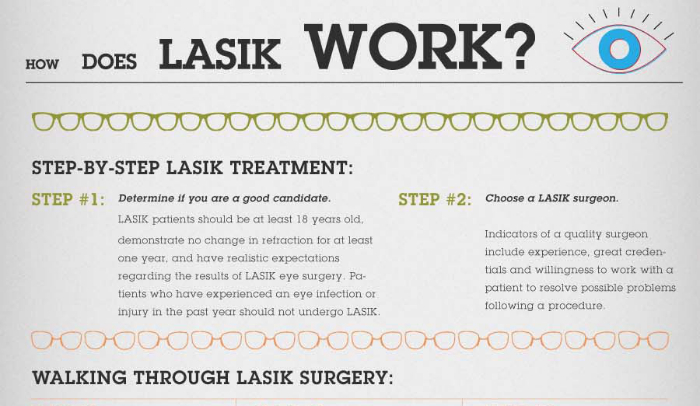Debunking Refractive Lens Exchange: Necessary Insights That May Be Missing Out On From Your Eye Doctor'S Description
Debunking Refractive Lens Exchange: Necessary Insights That May Be Missing Out On From Your Eye Doctor'S Description
Blog Article
Web Content Author-Valentin Cochran
Have you ever before took into consideration Refractive Lens Exchange (RLE) as an option for vision adjustment? While it isn't as widely discussed as LASIK, RLE could be a game-changer for your sight. Many people ignore its advantages, believing traditional techniques are their only selection. Yet what are the actual benefits, and what might your eye doctor not be telling you concerning this treatment? Let's check out the ins and outs of RLE together.
Understanding Refractive Lens Exchange: The Essentials
Refractive lens exchange (RLE) is a surgery that can considerably improve your vision, specifically if you're taking care of presbyopia or extreme refractive errors.
Throughout RLE, your eye specialist eliminates your eye's natural lens and replaces it with an artificial one tailored to your vision needs. This treatment can correct nearsightedness, farsightedness, and astigmatism, giving you clearer vision without counting on glasses or contact lenses.
The surgical treatment is commonly quick, taking less than an hour, and most patients experience minimal pain. Recovery is reasonably quick, permitting you to go back to your everyday tasks shortly after.
If you're thinking about RLE, consulting with your eye doctor can aid you determine if it's the ideal choice for you.
Secret Distinctions Between RLE and Conventional Cataract Surgical Procedure
While both refractive lens exchange (RLE) and standard cataract surgery entail changing the eye's natural lens, their key goals and patient profiles differ dramatically.
RLE is targeted at people looking for to lower their dependancy on glasses or contact lenses because of refractive mistakes, commonly before cataracts develop. In contrast, standard cataract surgical treatment commonly targets individuals who've established cataracts, which shadow the lens and harm vision.
The lenses utilized in RLE can provide a more comprehensive range of vision adjustment, while typical cataract surgical procedure typically involves standard monofocal lenses.
Furthermore, hop over to this website are often younger and in good total health, whereas cataract patients might be older and have other wellness issues.
Picking the best procedure relies on your certain vision demands and situations.
Possible Benefits and Considerations of RLE
If you're considering refractive lens exchange (RLE), you'll find several possible advantages that may boost your quality of life.
RLE can offer you with more clear vision, lowering or eliminating the requirement for glasses or contact lenses. It provides a possibility to resolve presbyopia and various other refractive mistakes concurrently, commonly enhancing your total visual acuity.
Additionally, RLE can be an excellent choice if you're not an ideal candidate for LASIK. Nevertheless, it is essential to weigh the considerations, like the cost, possible dangers, and the recovery duration.
Discussing your specific requirements with your optometrist can help you make a notified decision, guaranteeing you choose the most effective path for your vision improvement.
Verdict
To conclude, refractive lens exchange uses an unique remedy for vision improvement that goes beyond what LASIK can supply. It's vital to weigh the advantages versus possible threats and costs before choosing. Don't think twice to ask your optometrist the tough concerns to guarantee you totally recognize the treatment and its effects for your vision. With the best info, you can with confidence choose the best option for your eyes and way of life.
